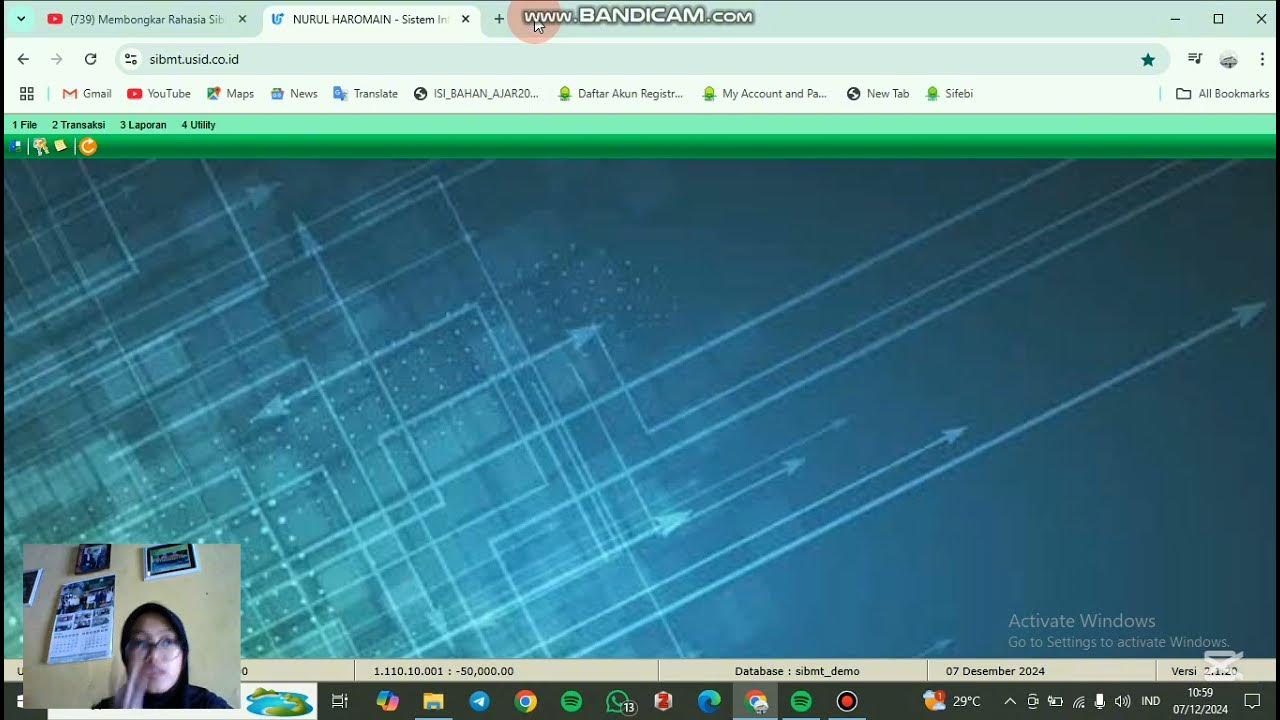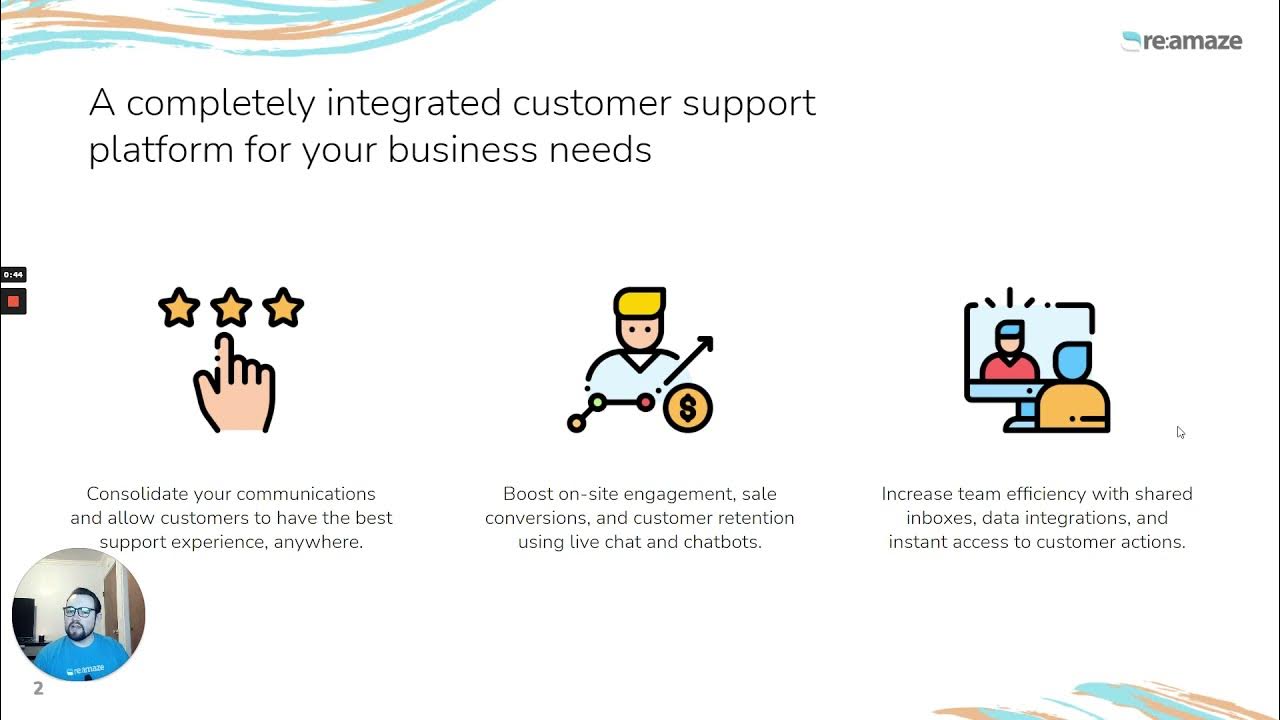English conversation, At The Bank|Opening a Bank Account|Listening and Speaking Skills|Daily Life|
Summary
TLDRThis video script offers an engaging, comprehensive guide to essential banking services, demonstrated through various customer interactions. Topics covered include opening a bank account, depositing and withdrawing money, transferring funds, reporting lost cards, applying for loans, currency exchange, and closing accounts. Key banking terminology like savings accounts, checking accounts, initial deposits, debit cards, online banking, and interest rates are explained clearly. The script aims to provide viewers with practical insights into banking processes, empowering them to manage their finances confidently while offering an interactive learning experience.
Takeaways
- 😀 A savings account is designed for saving money and earns interest over time, making it suitable for long-term savings.
- 😀 A checking account is for daily transactions like paying bills or shopping, but it typically doesn't earn interest.
- 😀 To open a bank account, you'll need to provide identification and proof of address, such as a utility bill or rental agreement.
- 😀 An initial deposit is the first amount of money you put in your new bank account to activate it.
- 😀 A debit card can be linked to your savings or checking account, allowing you to make transactions and withdraw cash.
- 😀 Online banking registration is available when opening an account, allowing users to manage their finances online.
- 😀 Savings accounts have a minimum balance requirement, and falling below this amount may result in a small monthly fee.
- 😀 A passbook can be provided to track your transactions, but online banking is another option to monitor your account activity.
- 😀 You can make deposits and withdrawals from your bank account by providing your account number or using your debit card.
- 😀 Currency exchange services are available to exchange money from one currency to another, with rates varying daily.
- 😀 To close your bank account, you’ll need to provide identification and account details, and any remaining balance will be transferred to you.
Q & A
What is the difference between a savings account and a checking account?
-A savings account is designed for saving money and earns interest over time, making it suitable for long-term savings. A checking account is used for daily transactions like paying bills or shopping, but it typically doesn't earn interest.
What is required to open a bank account?
-To open a bank account, you need to provide identification (ID) and proof of address, such as a utility bill or rental agreement.
What is an initial deposit, and why is it important?
-An initial deposit is the first amount of money you put into a new account when opening it. It's important because it activates the account and meets any requirements set by the bank.
How long does it take to receive a debit card after opening a savings account?
-It typically takes 5 to 7 business days for the debit card to be mailed to the account holder's address.
What are the steps to activate an online banking account?
-To activate online banking, the account holder needs to register by following the link sent via email. The link allows the creation of a username and password for access.
What happens if the balance in a savings account falls below the minimum required?
-If the balance falls below the minimum required balance of $500, a small monthly fee may be charged.
What is a passbook, and how is it used?
-A passbook is a small book that helps you keep track of your bank transactions, including deposits and withdrawals. It's provided to those who want to monitor their account activity manually.
Can I deposit money into my account without going to the bank?
-Yes, you can deposit money into your account at the bank, but you can also use ATM or mobile deposit services, depending on the bank's facilities.
How do I block my debit card if it's lost?
-To block a lost debit card, you need to show your ID to the bank, and they will immediately block the card to prevent unauthorized transactions.
What is required to apply for a car loan?
-To apply for a car loan, you need to provide your ID, proof of income, and details of the car you wish to purchase.
Outlines

This section is available to paid users only. Please upgrade to access this part.
Upgrade NowMindmap

This section is available to paid users only. Please upgrade to access this part.
Upgrade NowKeywords

This section is available to paid users only. Please upgrade to access this part.
Upgrade NowHighlights

This section is available to paid users only. Please upgrade to access this part.
Upgrade NowTranscripts

This section is available to paid users only. Please upgrade to access this part.
Upgrade NowBrowse More Related Video

What Can I Do For You? - At the BANK | Real English Conversation

24 MOST Popular AWS Services - Explained in 13 mins (2024)

Can I Help You? - English Conversation Practice

TUTORIAL LENGKAP: MENGGUNAKAN APLIKASI SIBMT UNTUK TRANSAKSI SYARIAH-Shilvia Karisma Nur Anissa-ES.I

Meet Dakota Part 1: Re:amaze Platform Demo for Shopify Merchants

What is a Service Blueprint?
5.0 / 5 (0 votes)